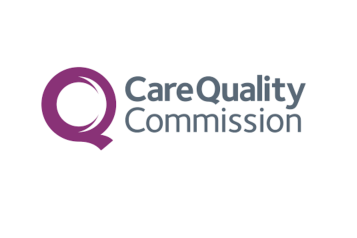Virtual ward eases backlog...

The innovative hospital-at-home service has been shown to reduce recovery times, as well as easing pressure on wards at the Gawber Road site.
Patients are reviewed daily by the clinical team and the ‘ward round’ may involve a home visit or take place through video technology.
Many virtual wards use technology like apps and medical devices enabling clinical staff to easily check in and monitor the person’s recovery.
In Barnsley, an average of 50 patients per day are receiving treatment via the scheme, with plans to double that figure by next month.
A report said: “In October 2022 we successfully launched virtual ward units that will support those with acute respiratory infections or frailty meaning these people can now receive the care they need safely and conveniently from home.
“The virtual ward provides acute level, consultant-led care in a patient’s preferred place to people who would otherwise require hospital admission.
“We now have on average 50 patients on the virtual ward and will be looking to step up to 100 ‘beds’ by December.”
However, industrial action continues to impact hospital capacity and services, including discharge and routine care.
September saw four days of industrial action, including the first ever joint action by junior doctors and consultants on September 20.
Professor Sir Stephen Powis, NHS national medical director, said: “Our world-leading virtual ward programme is a huge leap forward in the way the NHS treats patients enabling them to receive hospital-level care in their own home.
“The NHS is embracing the latest technology, with regular check-ins from local clinicians in daily ‘ward rounds’ while freeing up hospital beds for those that need them most - it is testament to the hard work and dedication of NHS staff across the country that we have delivered on our target and rolled out more than 10,000 virtual ward beds by the end of September.
“We know that industrial action is also continuing to pile pressure on services and impact capacity adding a lot of pressure to hospitals before winter, coming on top of high levels of demand with last month seeing more 999 ambulance calls than any month this year as well as the busiest September ever for A and E attendances, up almost eight per cent on the same month last year.
“But despite this pressure, it is clear from figures that NHS staff are working incredibly hard to deliver for patients with ten per cent more patients coming off the waiting list in August than the same month before the pandemic.”
Click to read this article on its original source, Barnsley Chronicle


